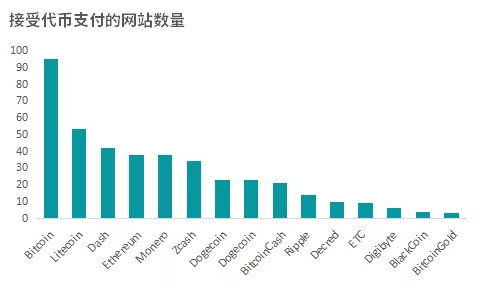Reasons for Bitcoin\’s Decline, Analyzing Market Movements
In the volatile world of cryptocurrency, price fluctuations are common, especially for prominent assets like Bitcoin (BTC). This article explores the factors contributing to the recent drop in Bitcoin\’s value while analyzing the broader market landscape.
In the volatile world of cryptocurrency, price fluctuations are common, especially for prominent assets like Bitcoin (BTC). This article explores the factors contributing to the recent drop in Bitcoin’s value while analyzing the broader market landscape.

Market Sentiment and Public Perception
One significant factor influencing Bitcoin’s decline is the prevailing market sentiment. When investor confidence wavers, it often leads to a sell-off. Negative news surrounding regulatory developments and market manipulation can spark fear among investors, prompting them to liquidate their holdings. This cascading effect can substantially impact BTC’s price.
Moreover, media coverage plays a crucial role in shaping public perception. Sensational headlines about Bitcoin’s price fluctuations can drive panic selling, leading to increased volatility. A negative atmosphere can quickly deter potential investors, contributing to a further decline in value.

Regulatory Challenges
Regulatory announcements significantly impact cryptocurrencies, including Bitcoin. Recent crackdowns on exchanges and stricter regulations in key markets have raised alarms. Investors often respond by pulling back their investments, fearing adverse consequences for their holdings. Uncertainty surrounding the regulatory landscape can create a ripple effect, causing a shift in market dynamics.
For instance, announcements from countries contemplating stricter legislation or taxation on cryptocurrency can lead to panic selling. Investors may rush to offload their assets to mitigate perceived risks, further driving prices down.

Market Saturation and Profit-Taking
As Bitcoin reached all-time highs, a natural phase of profit-taking occurred, which often leads to short-term declines. Investors who entered the market at lower prices tend to capitalize on gains by selling portions of their holdings. This profit-taking can create downward pressure on Bitcoin’s price as supply increases in the market.
Additionally, market saturation can deter new investments. Many potential investors may perceive Bitcoin as too volatile or risky, especially during downturns. This hesitancy can impact Bitcoin’s ability to rebound, prolonging a downward trend.
External Economic Factors
Broader economic conditions also play a crucial role in BTC’s performance. Factors such as inflation rates, interest rates, and global economic stability can influence investor behavior. In times of economic uncertainty, traditional investors may prefer stable assets over volatile cryptocurrencies, leading to a decline in demand for Bitcoin.
Economic shifts, such as rising interest rates, can result in capital rotating away from riskier assets like Bitcoin, contributing to its price decline. Consequently, Bitcoin’s perceived status as a risk-on asset can lead to increased selling pressure during economic downturns.
In conclusion, Bitcoin’s recent drop can be attributed to a complex interplay of market sentiment, regulatory challenges, profit-taking, and external economic factors. Understanding these dynamics can provide valuable insights for investors navigating the turbulent landscape of cryptocurrencies.



